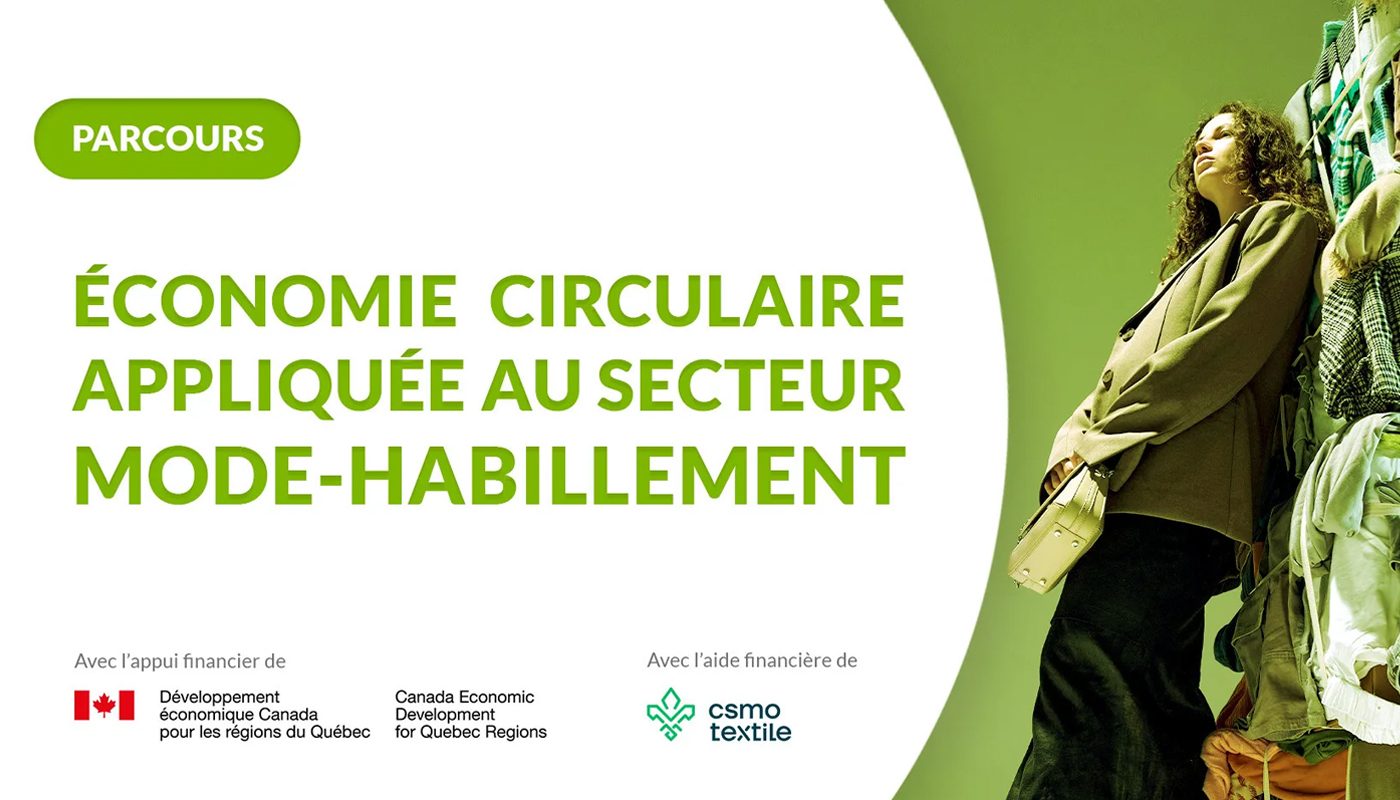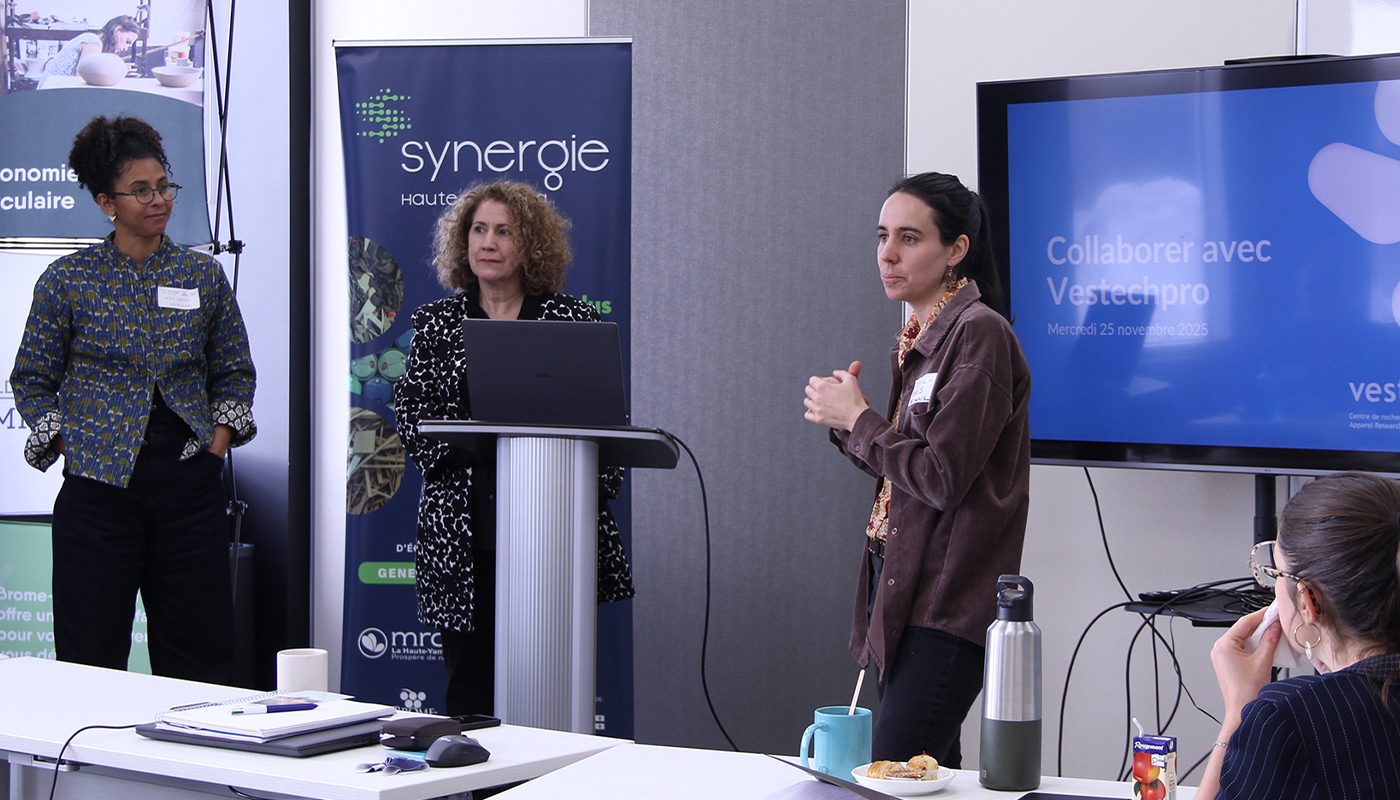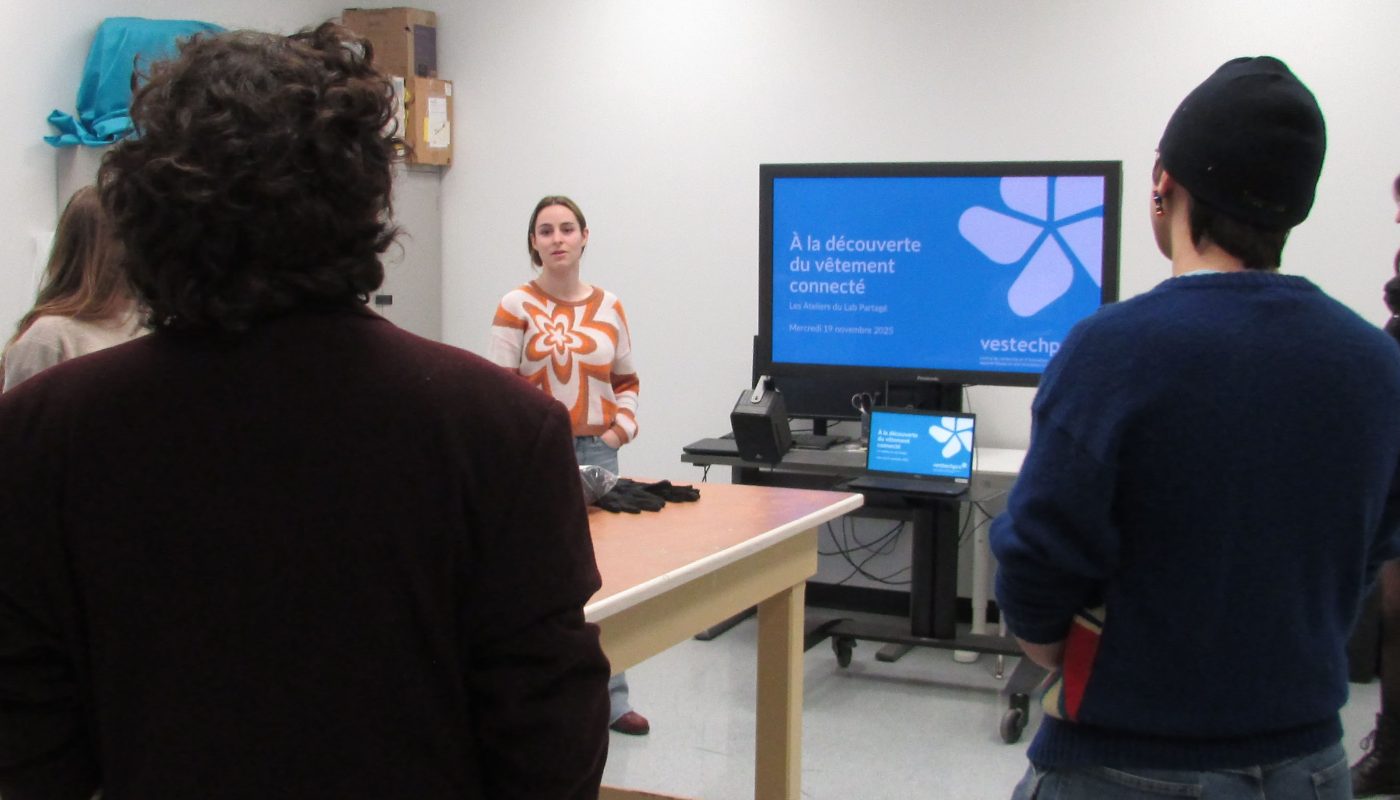In 2020, the health crisis has put the medical clothing industry in the limelight. In March, the Quebec government announced an investment of more than $10 million dollars through the “Programme innovation, the Programme de soutien aux organismes de recherche et d'innovation, as well as the Fonds de recherche du Québec,” to support scientific and technological projects related to the COVID-19 pandemic.
From biodegradable face coverings to biometric clothing, entrepreneurs in the clothing industry who are interested in the health sector have viewed this challenge as an opportunity to innovate, or even accelerate the completion of projects under development thanks to these dedicated programs and funds.
Vestechpro offers an inventory of this specially developed niche within its applied research department.
1. Some Key Figures in Quebec
Vestechpro is a leader in the medical clothing industry. As such, the Centre supports several specialized companies that stand out in terms of their product characteristics, and their way of innovating:
- Arjo: Lift sheets for bedridden patients offering design innovation;
- Carré Technologies Inc. (Hexoskin): Smart biometric clothing for continuous monitoring of the condition of at-risk patients or who test positive for COVID-19. As the main player in technology, Hexoskin has been involved in medical research since 2012, and Vestechpro has supported them in the development and production of their first intelligent garments for mass production in 2012. These garments are equipped with sensors measuring physical activity and health parameters such as heartbeat, its variability and recovery after effort, respiratory frequency and capacity, number of steps and cadence, etc. They have been the subject of more than one hundred scientific publications since 2015;
- CDRM: Range of personalized compression garments and 3D printing programs giving life to an atypical medical garment using specific technology;
- Duvaltex: Washable and reusable face covers thanks to their 3D knitting technology;
- Frëtt Solutions: Washable face covers that meet 100% of the strictest IRRST requirements;
- MIP Inc.: High performance washable medical gowns;
2. Issues and Challenges
- Major Regulations and Costs
As Payam, Research and Innovation Manager at Vestechpro points out, clothing or accessories for the medical sector are subject to numerous validations, cross-tests, and specific regulations. Whether we are talking about smart clothing, for example, or even adapted clothing, it can take several years from the product design to its validation. However, in a field where technology is evolving very quickly, this means maintaining outdated technology and therefore slowing down on the development of new products. In addition, test-related costs are very high. As a result, the validation period and process costs are a double impediment to innovation within the medical clothing industry.
When it comes to smart clothing, other challenges add to the complex regulations and major costs. The design, the search for materials and components, suppliers, protection of personal data, or even the reliability of the metric data collected, and finally, their processing and analysis are all steps that are part of an arduous process, but how satisfying when the objectives are reached and the end user can finally benefit from a new or improved product.
It’s difficult to develop a suitable product for different body types which is also particularly comfortable while ensuring very precise health parameter measurements.
Indeed, in the healthcare sector biometric measuring instruments, such as electrodes, are glued onto the skin of patients. However, electrodes embedded in connected clothing cannot be. In order to obtain a reliable signal, the clothing must therefore be in stable contact with the skin. This is achieved by compressing the clothing on the body, which can impair comfort.
This technological difference between traditional measuring devices and intelligent clothing raises the mistrust of healthcare professionals. However, the paradigm shifts that intelligent clothing allows and its relevance is seducing more and more professionals and the popularization of intelligent clothing in the field of sports is contributing to its growing acceptance. The lower reliability of the measurements, although at the heart of developments and improvements, could ultimately be offset by the great advantages of this technology.
Wearable technology is usually connected to smart phones or tablets using communication technologies such as Bluetooth, NFC and Wi-Fi. However, these wireless communications can be intercepted and biometric data is particularly sensitive. As a result, companies that develop connected apparel are implementing numerous methods such as encryption or data anonymization to secure the data sent.
However, being connected to the Internet, just like banks and government agencies, these companies are just as exposed to hacking and data theft.
- Electronics and the Future of Intelligent Apparel
In addition, to be functional, the intelligent garment must be accompanied by an electronic device that allows for the gathering and transmission of data. Today's electronic components are rarely as flexible, stretchy and wash resistant as a garment can be. Electronic systems are therefore, for the moment, rigid and heavy systems that need to be detached from the garment. However, the development of soft, flexible and wash resistant inks by Dupont or Namics for example, as well as the innovation surrounding the field of flexible (Jenax) or printed (ICI) batteries could allow the development of intelligent garments free of rigid electronic devices.
3. World Leaders in Connected Clothing
Most industrialized countries have companies working in the medical clothing industry. Among them, no major player has managed to really stand out, and no particular or truly innovative technology is currently being developed.
The most agile smart clothing players are:
- In North America: Smart clothing is mainly used for sports, but targeting the medical sector is being considered by certain players such as Polar, Sensoria, or Athos, and more precisely in Canada, Quebec’s company Carré Technologies, and Myant in Ontario.
- In Europe: Clothing Plus and Myontec (Finland), or Applycon (Czech Republic) are developing the most promising products.
- In Asia: We are noticing, particularly in Japan and China, a real race to file patents! Currently, copying is pervasive; however, some companies have really embraced innovation: AiQ Smart Clothing (Taiwan), Vulpes Electronics and Toray Industries (Japan) are among them.
Internationally, three major breakthroughs could revolutionize the way we practice medicine and provide care, and connected clothing is at the heart of this revolution.1
- Virtual care, or the use of electronic means (connected clothing) to limit or replace in-person consultations;
- Health mega-data, (collected from wearing connected clothing) i.e. the ability to analyze large amounts of data, of various types and sources, produced continuously;
- Technological advances, such as robotics, three-dimensional (3D) printing, virtual reality and augmented reality, nanotechnology, the Internet of things (devices and connected clothing), health applications for smartphones and blockchains.
There are many challenges in this area and the Vestechpro team is ready to meet them with you! Whether you want to develop a project in the medical field or in the smart clothing niche, Vestechpro experts will be able to support you in your project. Contact us: contact@vestechpro.com




